Jingbi You explains how precisely adjusting the stoichiometry of planar architectures can affect the performance of perovskite devices, toward a PCE of over 21%.


Jingbi You explains how precisely adjusting the stoichiometry of planar architectures can affect the performance of perovskite devices, toward a PCE of over 21%.
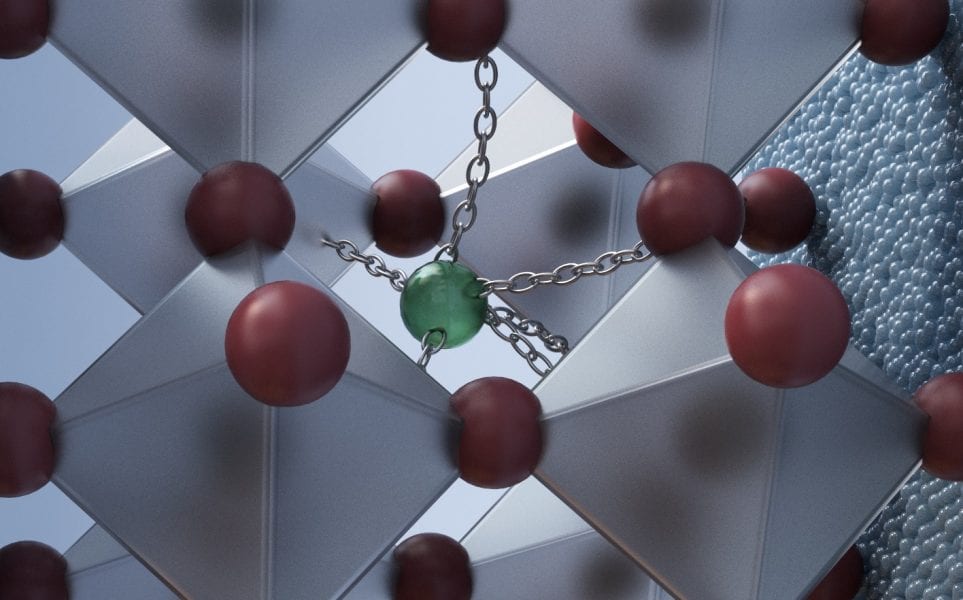
Phase competition in mixed perovskites can be resolved by this dual ion exchange process, which passivates grain boundaries and suppresses ion migration.

Making fuel from carbon dioxide in the presence of the morning sun; a recent paper reports on the most recent advances toward this goal.
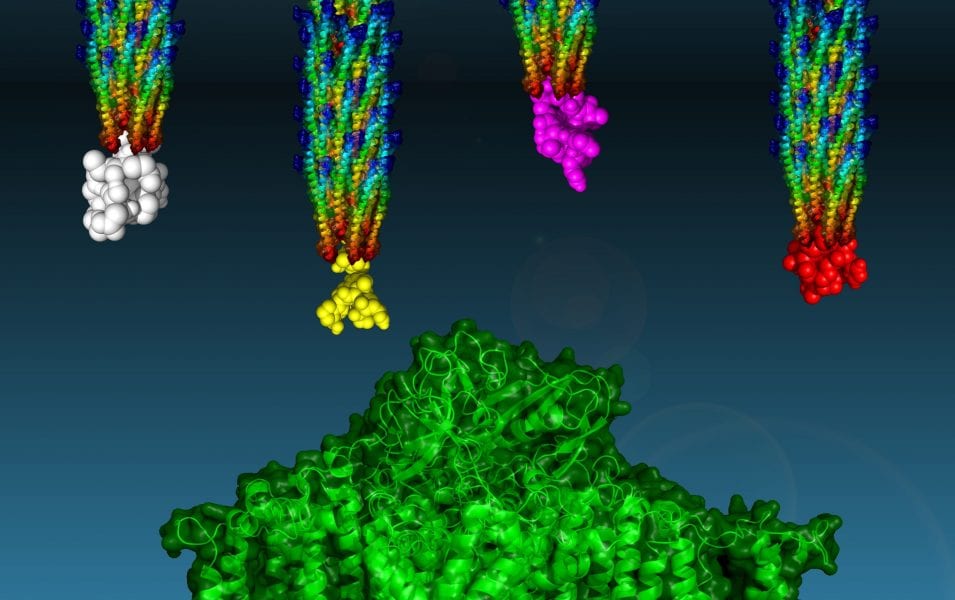
Biophotovoltaic devices by incorporation of oriented Photosystem I via phage display.
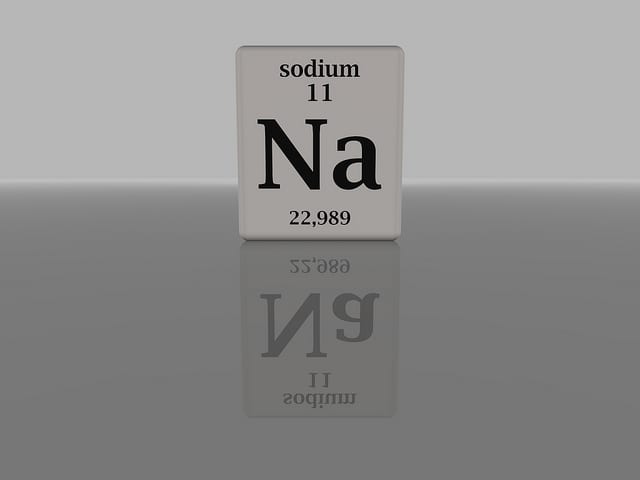
Sodium is the new lithium: a facile new method to produce graphene composite electrodes may help solve the sodium transport problem.

A cationic iridium complex emitter in a light-emitting electrochemical cell is used to study the competing effects on the dielectric constant by varying the size of the negative ions with it.
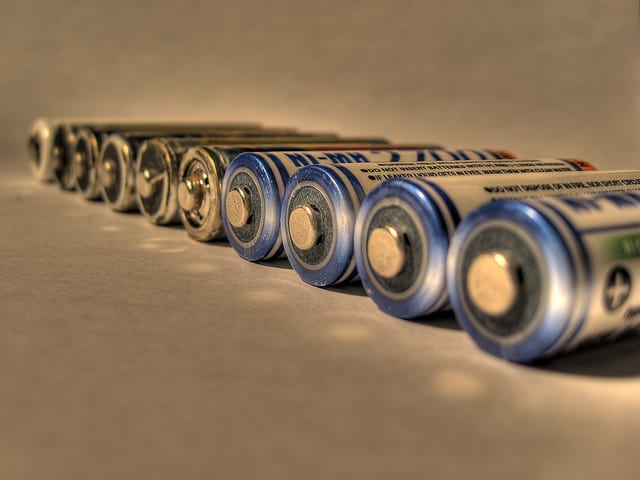
Jaephil Cho and co-workers assess the commercial potential of nickel-rich cathode materials, informing decisions on industrial uptake of these materials.
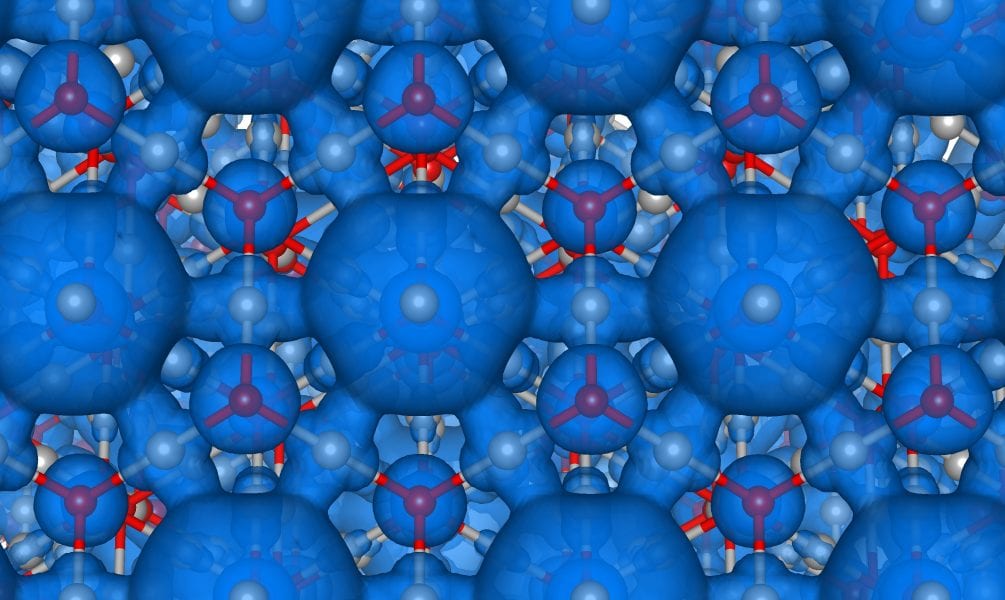
Advanced Materials Interfaces launches its new invited-only review ‘Hall of Fame’. All included papers are free to read for a limited time!

To confront global warming, climate changes and a potential energy shortage, biodiesel has been receiving increasing interest as a substitute for diesel fuels in efforts to seek for sustainable development. Microalgae-derived biodiesel is a promising energy source.
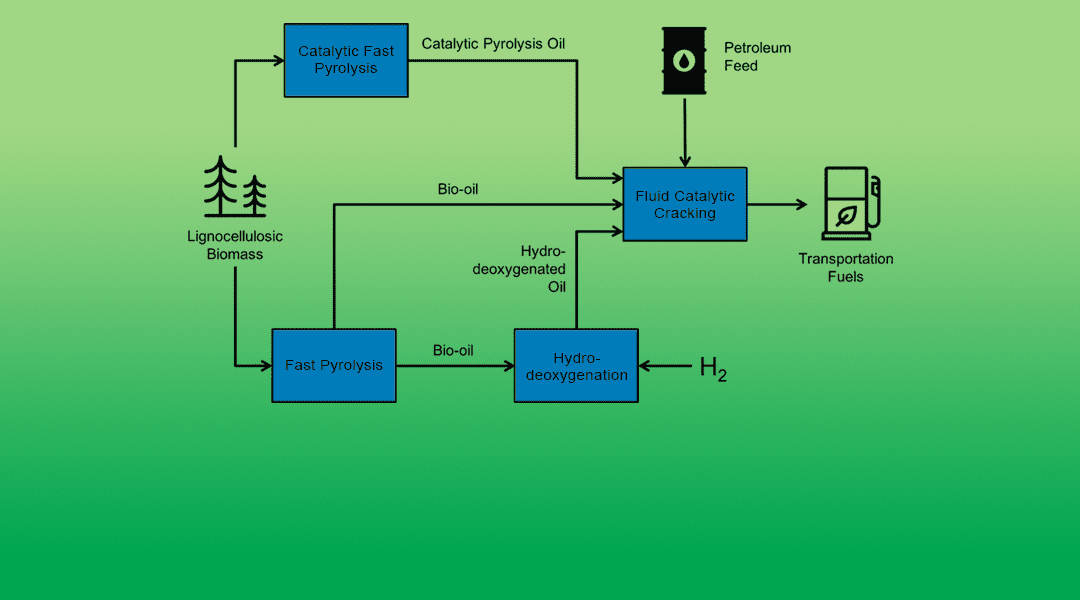
Research has shown that co-processing raw bio-oil is challenging but it can be carried out after adoption of appropriate reactor modifications in the commercial scale.